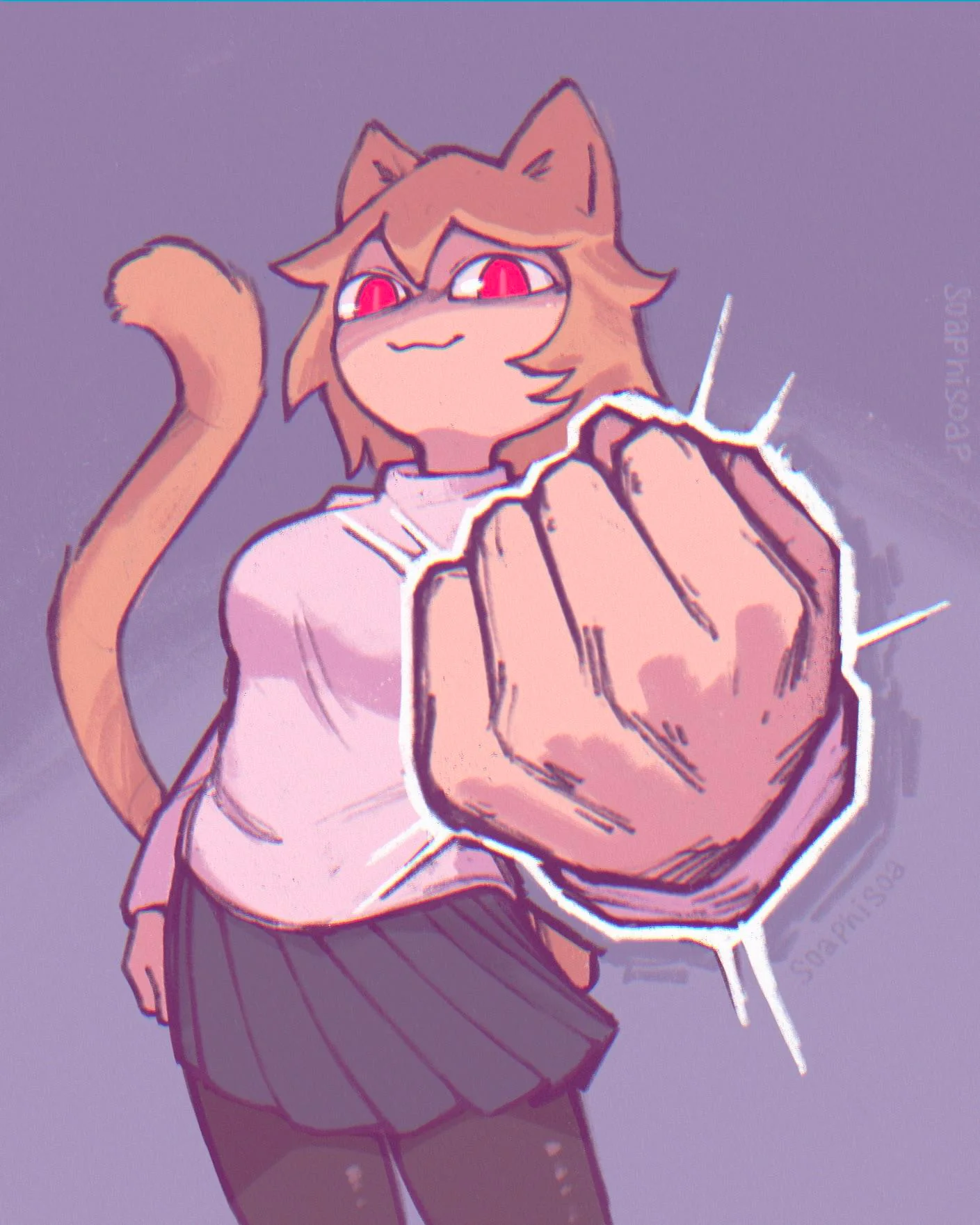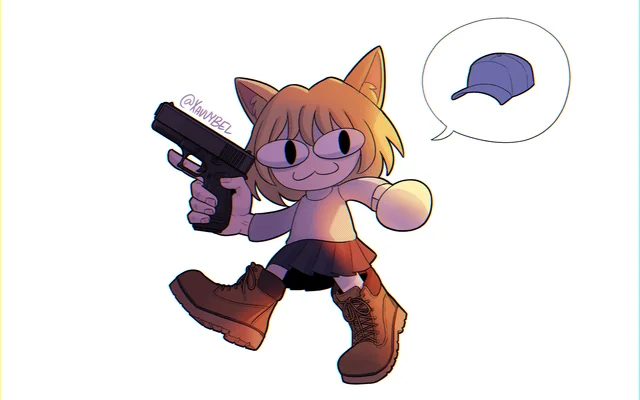Abandoned in the mountains, I was adopted by a lizard ~I mastered magic and surpassed my parents, but I didn't know they were legendary ancient dragons~ - Chapter 10
- Home
- All
- Abandoned in the mountains, I was adopted by a lizard ~I mastered magic and surpassed my parents, but I didn't know they were legendary ancient dragons~
- Chapter 10 - I participated in an internship
Chapter 10 I participated in an internship
Two days after the announcement of the exam results.
After completing the enrollment procedures and leisurely wandering around the royal capital, I came across a notice on the wall of a diner I happened to visit:
“Zelgius students, learn the pinnacle of construction techniques through real-world work. Bamboo Inside Construction One-Day Internship.”
Seeing this, I recalled what my mother had said about “survival skills in human society.”
“As a student, you must focus on building your Gakuchika. This will lead to working in a good company in the future.”
Gakuchika refers to significant efforts and achievements during one’s student years. It is one of the frequently asked questions in job interviews, alongside the reason for applying.
The content can be anything, whether academic or extracurricular, but human resources will significantly evaluate you based on “how much effort you put in and what achievements you made.” The higher the effort and achievements, the more likely you are to be seen as exceptional by HR in competitive workplaces, so it’s essential to give your all.
A good company is generally hard to get into, depending on its reputation. According to my mother, human happiness is greatly influenced by working in an environment with “125 days off per year, a 90% paid leave acquisition rate, and an average overtime of less than 10 hours per month.”
In other words, how actively you engage in your studies and internships now is crucial in determining whether you can work happily in the future.
My mother also mentioned another point: “Although they say any Gakuchika content is fine, the actual content that is well-received varies by industry and job type, so gaining diverse experiences and being able to show different aspects of yourself is advantageous.”
In other words, even in industries and jobs with many bad workplaces, “short-term internships” are still worth experiencing.
The job I could try… is construction management.
Construction management, commonly known as “Sekokan,” is, according to my mother, a job that tends to involve a lot of overtime, and it’s best avoided unless you have a strong passion for construction.
However, for a one-day internship, it wouldn’t hurt to gain a variety of experiences. I have a month until the entrance ceremony, so I have plenty of free time until then.
Thinking this over, I noted down the application requirements while waiting for my ordered food to arrive. After finishing my meal, I promptly prepared for participation.
◇
Five days later.
Having successfully secured an internship offer, I was set to experience the job firsthand.
The place I was summoned to was the Bamboo Inside Construction headquarters. As we waited for the start time, each intern was handed a bundle of documents.
The first page was titled “Process Management.” The following pages covered “Quality Management,” “Cost Management,” and so on.
“Our company is a primary contractor. Your main task will be creating these documents. Read them thoroughly, as you’ll be visiting the actual site to see these in action.”
Starting with the process management page, I skimmed through it, which detailed the specific subcontractors and the timelines for various tasks. After finishing that, I turned the page to quality management.
Hmm, so for the first floor, they prioritize sturdiness and use mithril-adamantite alloy-reinforced concrete. For the upper floors, they switch to a lighter but still durable material, using iron-mithril alloy for the framework.
While reading, a question suddenly popped into my mind.
“Excuse me. Why don’t you use orichalcum-adamantite alloy for the first floor and mithril-orichalcum alloy for the upper floors?”
Orichalcum-adamantite alloy is stronger than mithril-adamantite alloy for sturdiness, and mithril-orichalcum alloy is not only stronger but also lighter than iron-mithril alloy. Why, then, use these particular combinations?
“Heh… such a student-like question.”
The employee replied, looking at me with an expression that seemed to say, “This is why amateurs are troublesome.”
“Look at the next page.”
The next page… cost management sheet. Hmm, this page seems to be about determining materials to ensure the client’s budget isn’t exceeded.
It looks like the current materials are just within the budget, so this employee probably wants to say that using anything else would exceed the budget.
However, I still have questions.
“You need to stay within the budget for the business to work, right? I understand that. But… isn’t there something strange about this sheet?”
“What do you mean?”
“Why is the mithril-adamantite alloy so expensive?”
“That’s because adamantite is a rare metal, obviously.”
“Uh… isn’t it relatively easy to make?”
“What? Make? What are you talking about…”
What am I talking about? I’m just saying you can create it instantly with alchemy magic. Surely, they can’t be unaware of this. Maybe I should demonstrate it and ask what the problem is.

































